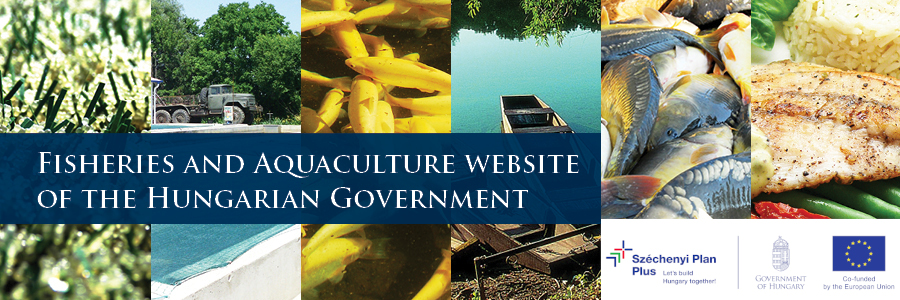Thanks to its hydrographical conditions and fishing traditions Hungary plays an important role in Europe’s fish production. In the natural waters commercial fishery has recently dropped in comparison to the recreational fishery. Nevertheless, to maintain a suitable ecological environment, social and economic sustainability it is favourable that both fishery methods, to varying degrees, are present in our waters. Therefore in the future effectively regulated commercial fishery is necessary to ensure the balance in the numbers of each fish species and the fresh and safe supply of fish products to the consumers.
Hungarian fish production is characterised by extensive pond fish production and geothermal water supplied intensive fish production. Considering the decreasing catches from the seas tank systems with water recirculation could have great market perspectives as well.
In the pond fish production the most widespread fish is carp that is fed by natural food of the pond and complementary feed. Catfish is the major farmed intensive fish in feedstuff based fish farming while recently sturgeon production has also increased.
Until 2004 national subsidies were only available to support enterprises pursuing fishing activities. This has changed after EU accession and until 2007 a separate structural fund (Financial Instrument of Fisheries Guidance) was created to allocate EU financial support. Between 2007 and 2013 Hungary is implementing the Fisheries Operational Programme within the European Fisheries Fund. The Ministry of Agriculture (Department of Forestry, Fishery and Hunting) is responsible for the public administration of the fisheries sector where 2 units are working closely together on the administrative matters.

